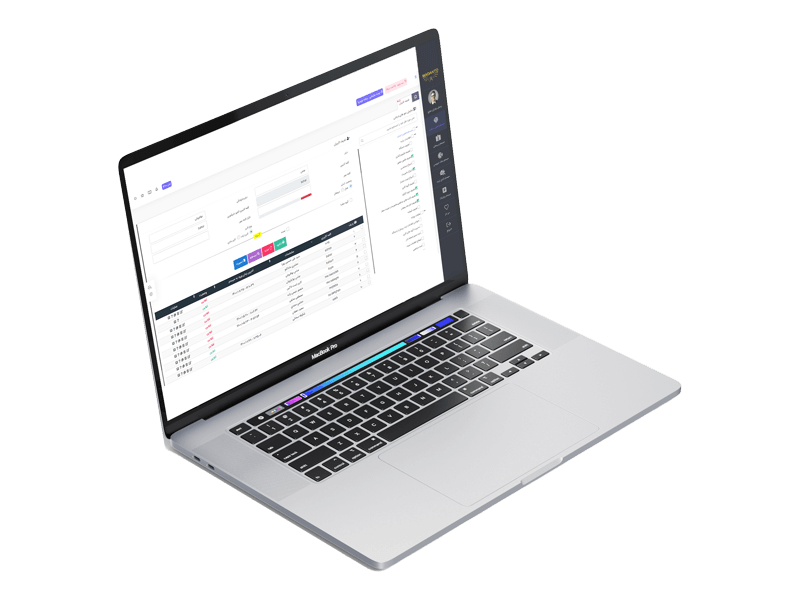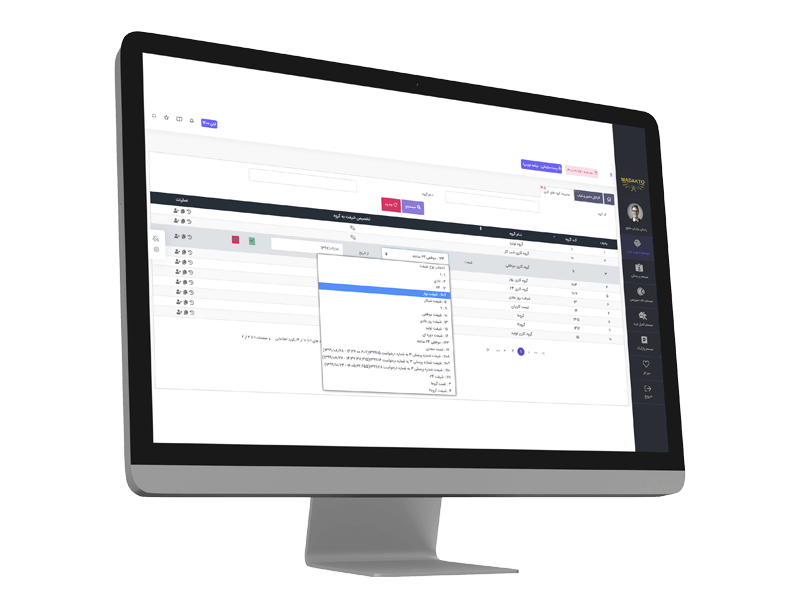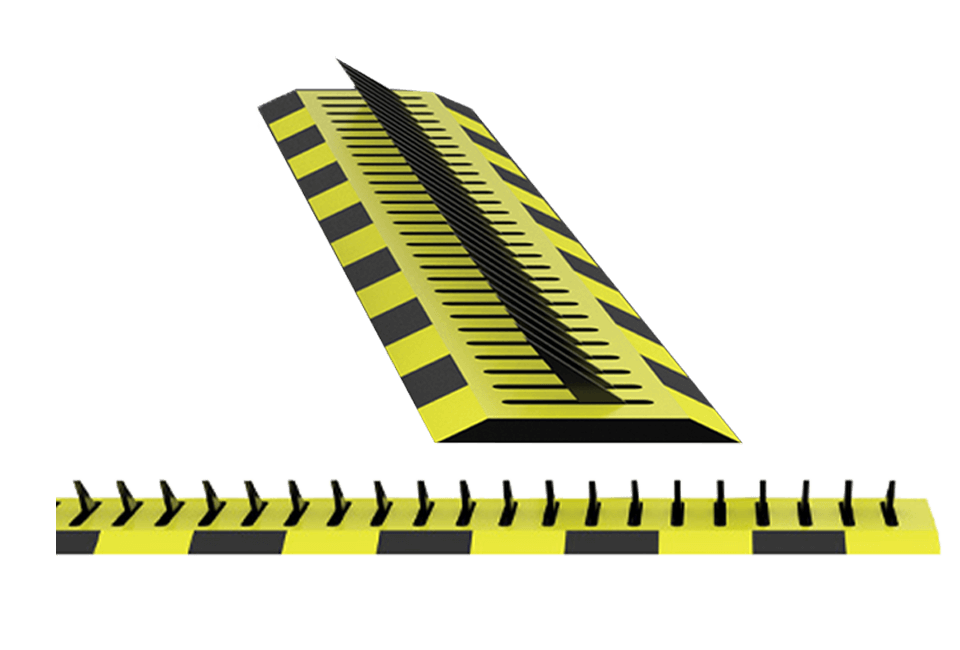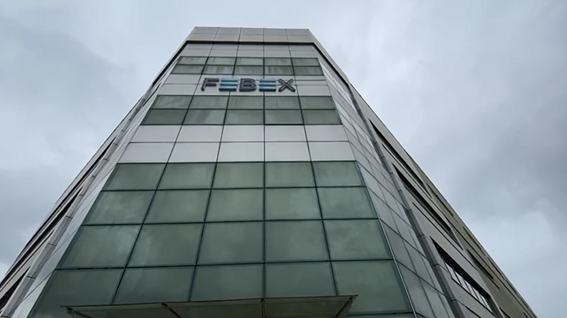Febex Access Control Software: Safeguarding Digital and Physical Spaces
In the ever-evolving landscape of digital and physical security, access control software plays a pivotal role in ensuring that only authorized individuals have the right to enter certain areas or access specific information. From protecting sensitive data to securing physical premises, access control software has become a cornerstone of modern security systems.
This article delves into the key aspects, functionalities, and importance of access control software in safeguarding diverse environments.
The Fundamentals of Access Control Software
Access control software serves as the gatekeeper of digital and physical spaces, requiring individuals to authenticate themselves before gaining access. Authentication methods vary, encompassing traditional passwords, Personal Identification Numbers (PINs), biometric data (such as fingerprints or facial recognition), and smart cards. This initial layer of security ensures that only those with legitimate credentials can proceed.
Upon successful authentication, the next layer of access control involves authorization. Authorization mechanisms define the level of access granted to authenticated users. This can range from basic read-only permissions to full administrative control, depending on the user’s role and responsibilities within the system.
Role-Based Access Control (RBAC)
Role-Based Access Control (RBAC) is a prevalent model in access control software. This model simplifies administration by associating permissions with specific roles rather than individual users. For example, an organization might have roles such as “employee,” “manager,” and “administrator,” each with predefined sets of permissions. This hierarchical structure streamlines the management of access control in large organizations by reducing the complexity of assigning permissions on a per-user basis.
Authentication Factors and Security
The strength of access control lies in the security of its authentication methods. Multi-factor authentication (MFA) enhances security by requiring users to provide two or more forms of identification before gaining access. This might include a combination of something the user knows (password), something they have (smart card), or something they are (biometric data). MFA significantly reduces the risk of unauthorized access, as even if one factor is compromised, the others remain intact.
Encryption is another crucial component of access control software. User credentials and sensitive data must be encrypted during transmission and storage to prevent unauthorized interception or access. Robust security protocols, such as Transport Layer Security (TLS), further bolster the protection of communication channels between users and the access control system.
Centralized Management and Scalability
Effective access control software provides centralized management, allowing administrators to oversee and control access permissions from a single interface. This centralized approach streamlines the process of adding or revoking access, making it easier to maintain security standards across the organization.
Scalability is a key consideration for access control systems, especially in dynamic environments. As organizations grow, the number of users and access points may increase. A scalable access control solution can seamlessly accommodate this growth without compromising performance or security.
Integration with Physical Security
In many scenarios, access control software is integrated with physical security systems to create a comprehensive security ecosystem. Physical access control involves securing entry points, such as doors and turnstiles, through mechanisms like electronic key cards or biometric scanners. The integration of these physical measures with digital access control ensures a holistic approach to security, bridging the gap between the virtual and physical realms.
Time-Based Access and Emergency Overrides
Time-based access control adds an extra layer of flexibility by allowing administrators to define when specific permissions are active. For instance, an employee might have access to certain areas only during regular working hours. This feature enhances security by minimizing the window of opportunity for unauthorized access.
Emergency access and overrides are critical aspects of access control software. In unforeseen situations, such as system failures or security breaches, administrators must have the ability to quickly intervene. Emergency overrides enable authorized personnel to take control, ensuring that security protocols can be adapted promptly to address evolving threats.
Audit Trails for Monitoring and Compliance
Access control software maintains detailed logs of user activities, creating audit trails that serve multiple purposes. Monitoring user actions in real-time allows administrators to promptly identify and respond to potential security incidents. Additionally, these audit trails play a crucial role in compliance with regulations and standards, providing a historical record of access events for review and analysis.
Popular Access Control Software Solutions
Several access control software solutions cater to diverse organizational needs. In the realm of physical access control, industry leaders include Lenel, HID Global, and Tyco Software House. These solutions offer robust features for securing entry points and integrating with other security systems.
In the digital access control domain, Microsoft Active Directory, Okta, and Duo Security are prominent players. These platforms provide comprehensive solutions for managing user identities, authentication, and authorization in digital environments.
The Importance of Access Control in Modern Security
As cyber threats continue to evolve and physical security remains a top priority, the role of access control software becomes increasingly crucial. Whether protecting sensitive data stored in digital systems or ensuring that only authorized personnel can enter restricted areas, access control serves as a fundamental layer of defense against unauthorized access and potential security breaches.
The adaptability of access control software to different industries further underscores its significance. From healthcare facilities and financial institutions to educational campuses and government organizations, the need to regulate access to specific areas or information is universal.
Future Trends in Access Control Software
The future of access control software is likely to witness advancements in biometric technology, providing more secure and seamless authentication methods. Additionally, the integration of Artificial Intelligence (AI) and Machine Learning (ML) may enhance the ability of access control systems to detect and respond to anomalies in user behavior, further strengthening security measures.
Cloud-based access control solutions are also gaining popularity, offering organizations the flexibility to manage access control centrally without the need for on-premises hardware. This shift toward cloud-based architectures aligns with broader trends in digital transformation and the adoption of Software as a Service (SaaS) models.
Conclusion
Access control software stands as a linchpin in the realm of security, offering a multifaceted approach to safeguarding both digital and physical spaces. From authentication and authorization to audit trails and integration with physical security measures, the functionalities of access control software contribute significantly to the overall security posture of organizations.
As technology continues to advance, access control software will likely evolve to meet new challenges and incorporate innovative features. Organizations must stay abreast of these developments to ensure that their security systems remain robust and adaptive in the face of ever-changing threats. In the dynamic landscape of security, access control software remains a cornerstone, providing a secure foundation for the protection of assets, information, and personnel.





